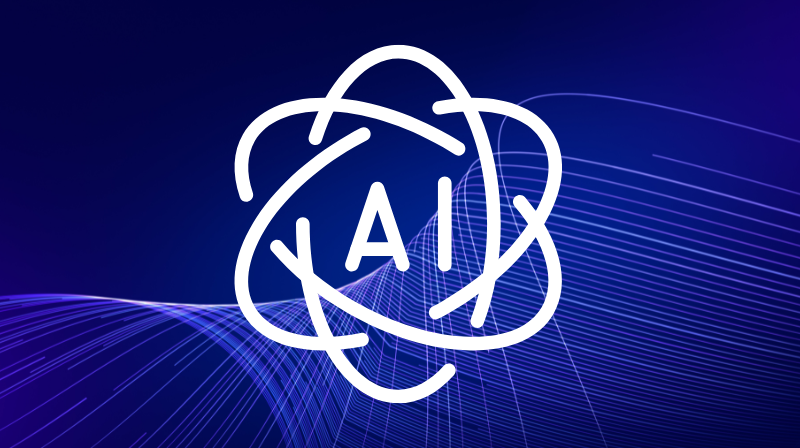
Why is everyone talking about Edge Computing?
In recent years, the term Edge Computing has become an increasingly common topic in the world of technology. From innovative startups to IT giants, everyone is discussing how this approach can transform the way data is processed and used. But what exactly does this term mean and why does it represent a major change for companies?
What is Edge Computing
Edge Computing is an IT architecture that brings data processing closer to its source – that is, to the devices and sensors that generate it. Instead of sending all information to a central server in the cloud, the system processes it locally, at the “edge” of the network (hence the name “edge”).
The main goal is to reduce latency, improve reaction speed, and increase efficiency. In a connected world, where billions of IoT devices send data every second, this approach becomes essential.
Why Edge Computing is Becoming More Important
The exponential growth of data generated by smart devices, from industrial sensors and autonomous cars to phones and smartwatches, puts enormous pressure on traditional cloud infrastructure.
1. Reduced latency and real-time reaction
In many modern applications, even a delay of a few milliseconds can make a difference. Think of autonomous cars or medical systems that monitor patients in real time. Edge Computing allows instantaneous data processing directly near the device, eliminating the need to wait for a response from the central server.
2. Improved security and privacy
By processing data locally, companies can reduce the risks associated with transmitting sensitive information over the network. For example, in a smart factory, data about equipment performance can be analyzed locally, without being sent to the cloud.
3. Lower bandwidth and infrastructure costs
Continuously transmitting large volumes of data to a central server is costly. Edge Computing optimizes resources by sending only essential information to the cloud, not the entire raw data stream.
How Companies Can Benefit from Edge Computing
Edge Computing is not just a technological concept, but a real opportunity for digital transformation. Here are some areas where companies can see concrete results:
- Manufacturing industry: real-time data analysis for predictive equipment maintenance.
- Retail: optimizing customer experience in stores through sensors and local analytics.
- Energy and utilities: monitoring and automatic adjustment of smart grids.
- Transportation and logistics: fleet tracking and real-time vehicle performance analysis.
Implementing this concept can provide companies with faster reaction speed, increased operational efficiency, and data-driven decisions in real time, an important competitive advantage in a dynamic economic environment.
Cloud vs. Edge Computing – complementarity, not competition
Although sometimes seen as alternatives, Edge Computing and Cloud Computing are not mutually exclusive. In reality, they complement each other. The cloud remains essential for advanced analysis, storage, and large-scale machine learning, while Edge handles tasks that require rapid reaction and local autonomy.
A hybrid strategy, combining the advantages of both technologies, is the direction most modern organizations are heading.
A natural stage in the evolution of IT infrastructures
Edge Computing is not just a passing trend, but a natural stage in the evolution of IT infrastructure. By bringing processing closer to the data source, companies can achieve increased speed, security, and efficiency, preparing for the connected future of the Internet (IoT).
Investments in this new architecture may seem complex at first, but the long-term benefits, from operational performance to customer satisfaction, fully justify the effort.









